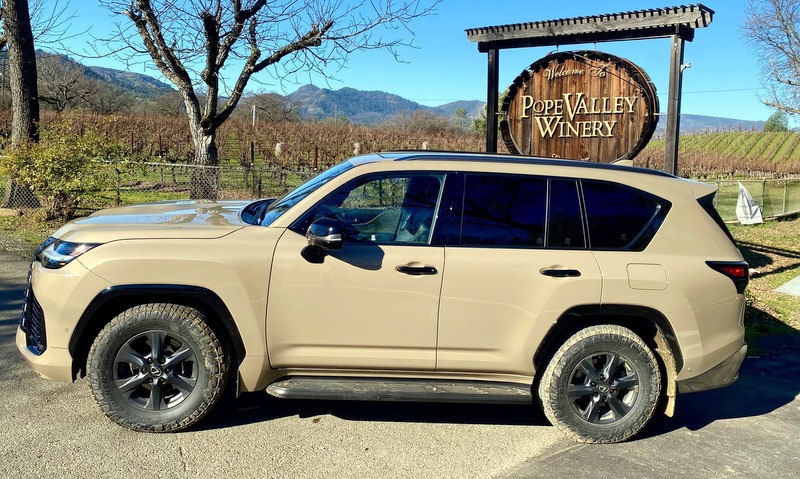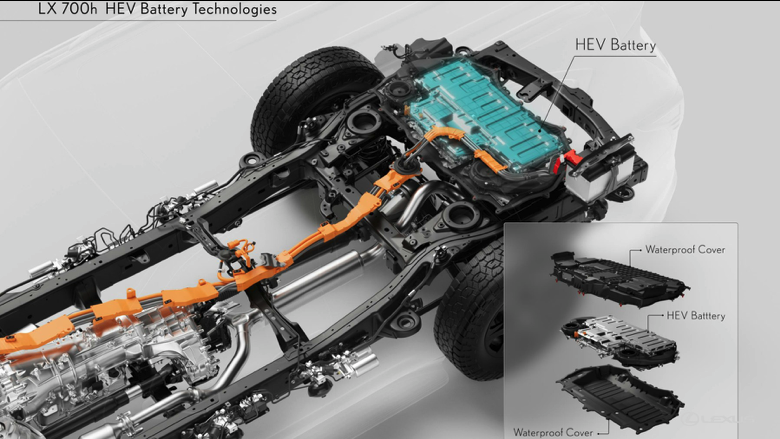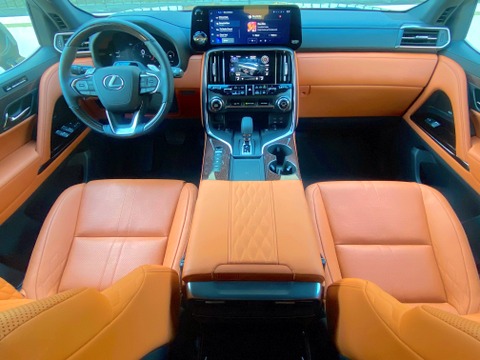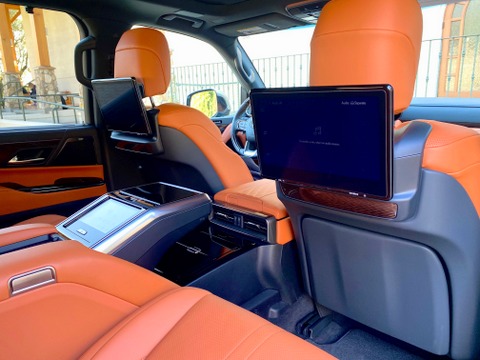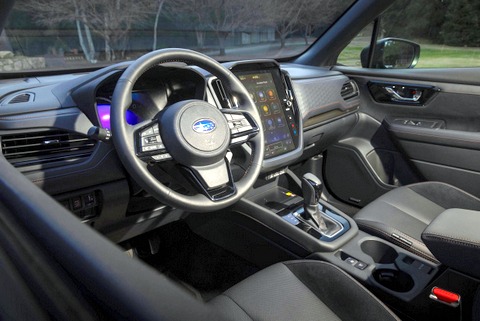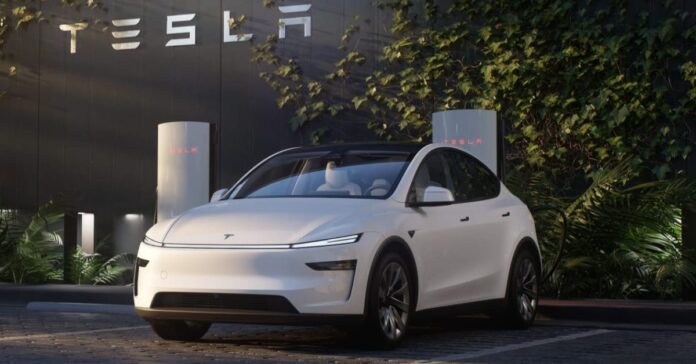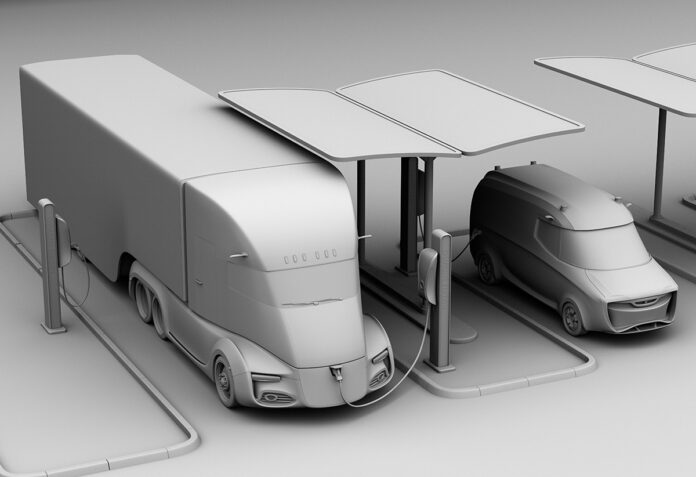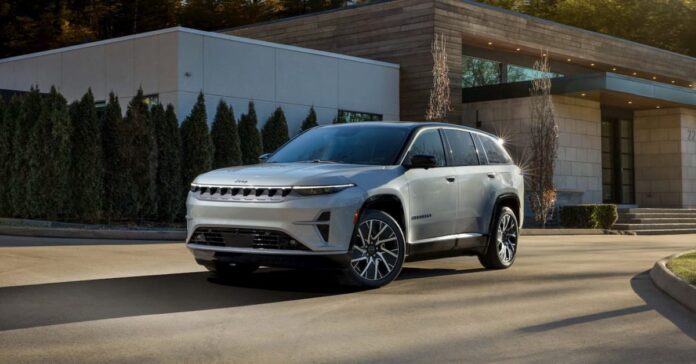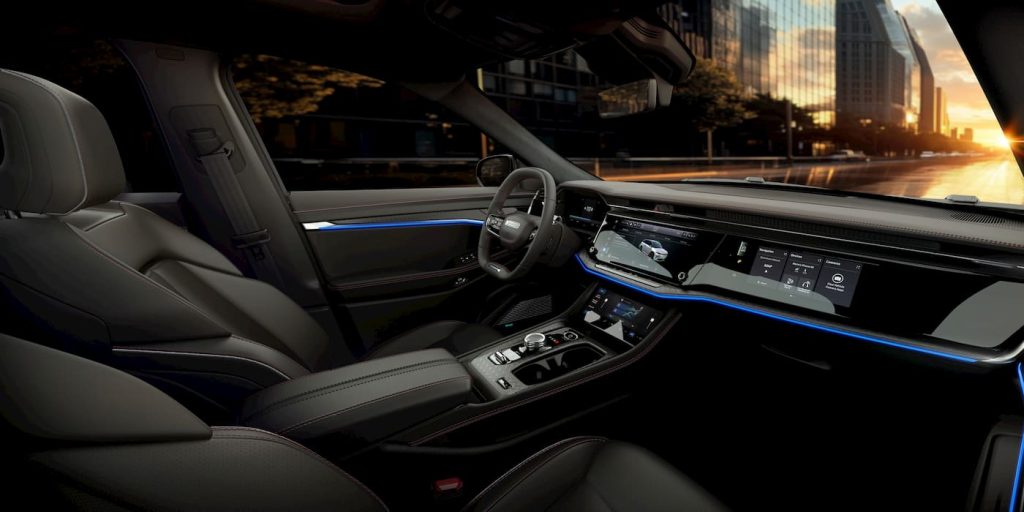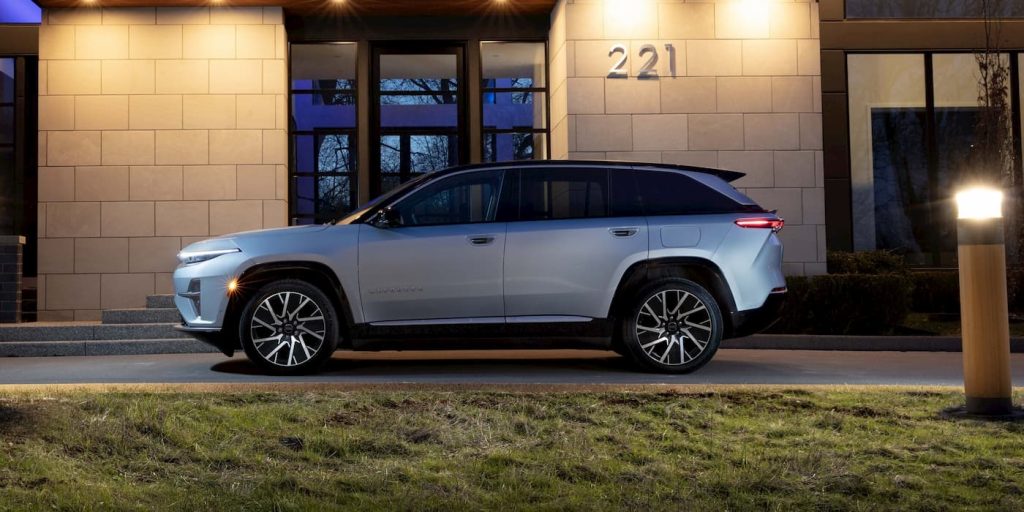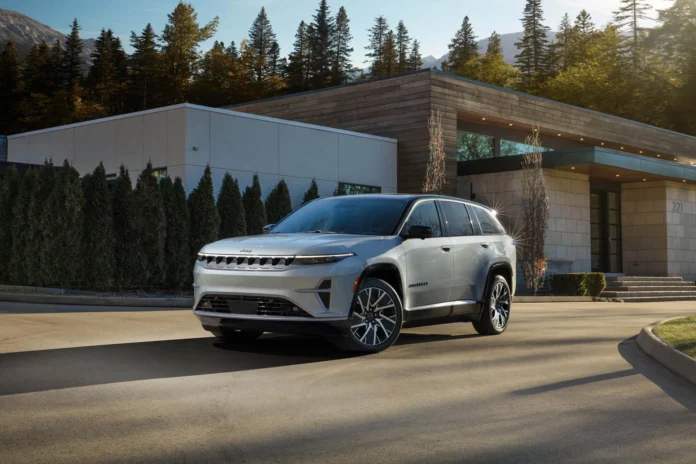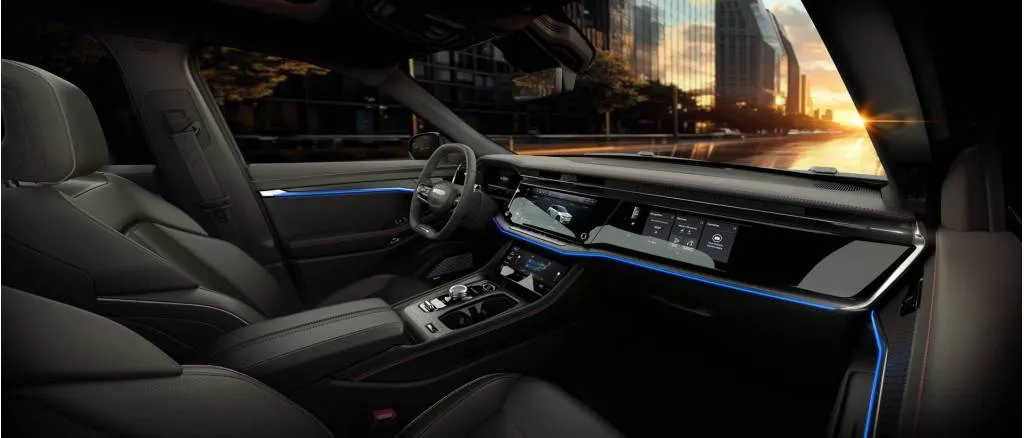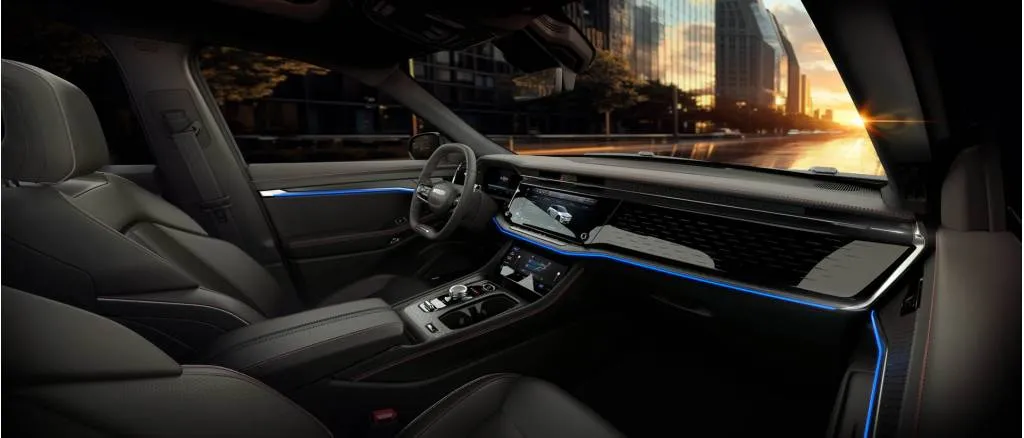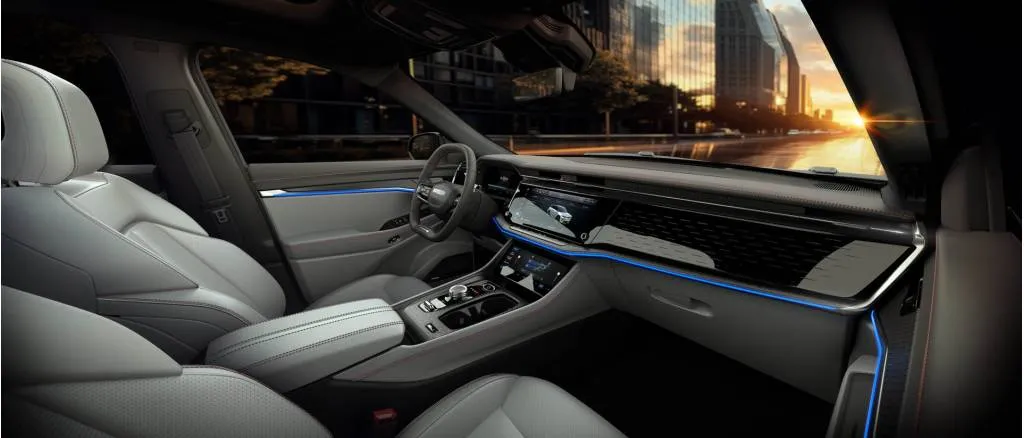- Revero PHEV production continues now, limited-edition Invictus arrives in 2025
- Gyesera in 2026 debuts new look, composite body
- Kaveya supercar in late 2026 goes fully electric, embraces Intel architecture
- Karma’s push to power fleets and commercial vehicles has faded
It’s been more than ten years since California-based Karma Automotive initially formed with funding from the Chinese parts supplier Wanxiang Group and the assets of then-defunct Fisker Automotive.
Since then, Karma has teased a number of concept and limited-edition vehicles, along with several about-faces in business direction, all while both refining its plug-in series hybrid tech and working toward a mix of PHEVs and fully electric models in the future. Karma highlights that it engineers, designs and manufactures its vehicles in Southern California.
Although Karma’s long-term funding situation remains unclear, it also has serious aspirations to be a technology supplier to other automakers and the industry, as evidenced by its 2024 acquisition of the tech assets and IP of over-the-air software update pioneer Airbiquity, and of its recent confirmation of a technology partnership with Intel Automotive—including co-branded inverters and more—aimed at creating and refining the architecture and software for next-gen software-defined vehicles.
“We’ve integrated that, and we continue to evolve our software platform, that’s a very, very big focus for us,” said Karma CEO Marques McCammon, of the Airbiquity acquisition. And its upcoming Kaveya is set to act as a “living development prototype” for the Intel architecture.

Intel Automotive and Karma
But last month, in a comprehensive interview with Green Car Reports, McCammon laid out that amid this, its primary goal remains to be a tech-forward ultra-luxury automaker—with a ramped-up slate of models and an annual volume greater than what it’s managed to make cumulatively in its 10+ years.
Karma has some heavy lifting to get there. Its only current model, the Revero, returned in the fall after a production pause earlier in 2024, and McCammon confirmed that it’s once again being delivered. Deliveries in recent years have landed below a hundred vehicles a year; and it earlier last year summed that it had delivered a cumulative 1,000 vehicles—over its entire history.
“I have no intention of claiming 50,000 or 100,000 units,” said McCammon when asked about annual volume targets. Instead, he offered, “3,000-5,000 units is where I want to be.”
“I can be at the ultra-luxury or exotic level and I can lean into the technology aggressively, and I’m small so I can move fast,” he said, summing up the philosophy. “And then I can share it.”
Sitting down with McCammon right in the middle of West Hall at CES, bustling with automotive tech and mobility suppliers, we had the CEO run through what will get him to annual production and sales of thousands rather than hundreds, and of the kind of desirability that will nurture that Karma as a tech supplier.

Karma Revero GTS
Karma Revero, EREV series-hybrids remain the foundation
The Revero (also called the Karma GS-6 for a brief time) is a continuation of the Fisker Karma, which was first delivered in 2011. It carries most key aspects of the original Karma’s design forward but matches it with a revamped powertrain and updated interior. The plug-in series-hybrid propulsion system was featured in the Fisker Karma and is derived from a Quantum Technologies system originally developed for military vehicles. But Karma has extensively revamped that since Fisker days, with a more powerful and refined 1.5-liter BMW turbo-3 and bigger 28-kwh battery pack introduced for 2020.
In Karma’s so-called EREV system, the gasoline engine runs a generator when needed, while a dual-motor propulsion system produces 536 hp with additional electricity from the engine—delivering a 4.5-second 0-60 mph time—or 476 hp without the engine starting. The Revero was EPA-rated at 61 miles for the 2020 model year and specs haven’t changed significantly since then.
With it, the Revero is one of the few plug-in hybrid models on the market that can fast-charge. On an easy-to-find 50-kw CCS connector it can get to 80% in 24 minutes, according to Karma—so a quick charge during lunch might allow you more than 100 electric miles over the course of the day.

Karma Revero Invictus
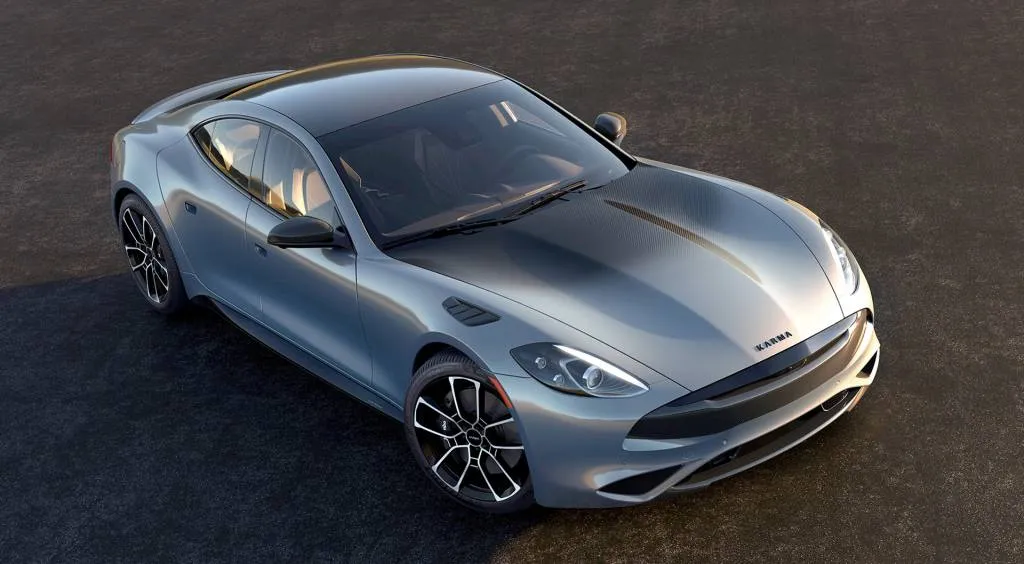
Karma Revero Invictus

Karma Revero Invictus
Invictus transforms Revero, adds performance focus
The Karma Invictus comes next—later this year. As a special edition of the Revero, it’s set to be built around “a chassis more tightly refined for performance,” said McCammon, and it will weigh less overall than Revero.
Karma has promised performance upfits including Öhlins dampers, Swift springs, and Pilot Sport 4S tires for the Invictus.
“We replace aluminum paddles with carbon; we lighten the vehicle up and we make it a fun driving machine; and then we do some really trick things on the interior, like hand-stitched themes where we draw from the Chrysler Building in New York,” said McCammon. “It’s very Art Deco—a collectible car.”
The Karma and Invictus will continue to take advantage of Karma’s body shop in Moreno Valley, California, which was configured to build a whole set of vehicles all starting with the same aluminum space frame.

Karma Gyesera
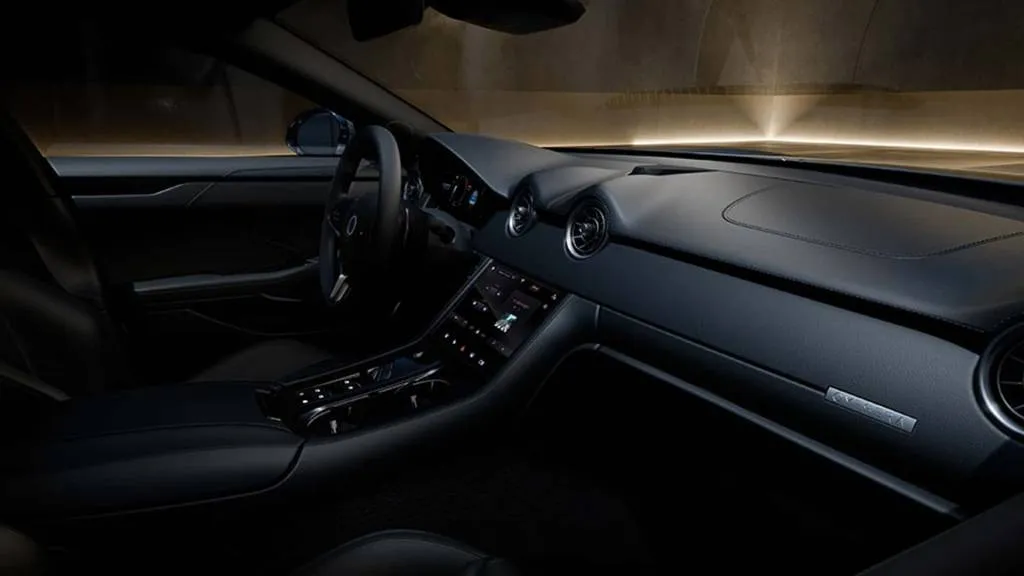
Karma Gyesera

Karma Gyesera
Gyesera embraces composite body, new look
After Invictus comes the Gyesera, which McCammon described as a “new rebodied car.”
“It’s a whole new interior, whole new exterior, we’re moving away from aluminum for the body, and we’re focusing more on composite, so we have lighter weight, more high-performance, more exotic, frankly.”
Work on the composite body is being done partly in house and partly with suppliers. Its shop in California can paint composite panels but not make them. It’s specced and designed, then shipped in.
The Gyesera was originally due in 2024, and when we asked McCammon when it was arriving instead, he hinted that it’s changed direction over time. Although the Gyesera was originally supposed to be the first departure from that range extender, he suggested it will likely instead be a plug-in hybrid.
“We’ve been actively reevaluating that since June of last year, just because of the shift in market perception around EVs,” he said. “Right now with our EREV, I don’t know of anyone in the world—no one in North America—has an EV-only range of up to 80 miles.”
Sometime beyond the Gyesera, Karma has also suggested that a plug-in hybrid SUV might be in the way—maybe one like the Karma Ivara concept shown last year.

Karma Kaveya concept
1,000-hp Kaveya EV supercar tests Intel architecture
The exotic-looking, fully electric Karma Kaveya comes next, in late 2026—or perhaps sooner, hinted McCammon. It will produce 1,000 hp and be capable of accelerating to 60 mph in the vicinity of two seconds.
Although the Kaveya looks completely different, it will still build on Karma’s physical platform—meaning its aluminum space-frame layout and some of the chassis pieces, still allowing lots of commonality despite the adoption of the Intel whole-vehicle electrical architecture.
“We can change the spine, the length, the height, and don’t have to change the fundamental platform,” said McCammon. “So we can translate from a Revero or Gyesera to Kaveya and still have 40-plus-percent common content.”

Karma EREV E-Flex van concept
Commercial vehicles on the sidelines, design up front
Karma still plans to support commercial vehicles on its platform, McCammon said, but it won’t be at the core of the business—as it appeared to be in 2021 when it announced that it would go after the electrified bus, RV, and box-truck market with a “Powered by Karma” banner. The focus will instead be on passenger vehicles, and specifically those at the upper end of the market—“American ultra-luxury,” as McCammon put it.
Based on the use case, its propulsion platform could have different configurations, including some built around 400 volts and others around 800 volts. That could include 800-volt versions for a super coupe or a crossover—allowing faster charging, among other advantages—plus a 400-volt version for commercial vehicles.

Karma Everyday BEV E-Flex platform
In addition to technology, design is the second key point that will get Karma to higher but still-exclusive volumes, the CEO explained—and between VP of design Michelle Christensen and Nick David as interior design director, they’re working as a team to give the vehicles a fresh look.
”I asked Michelle to take everything she has done in the studio and translate it into our entire brand experience,” McCammon explained. “Nick continues to work on the vehicle, but now she’s expanding that so every touch point of Karma has the same aesthetic.”
While Karma isn’t wound up in a typical startup hype cycle, it’s still trying to prove itself with finite resources. What it might deliver in tech and design all its own is still taking form—but it’s due very soon.





























